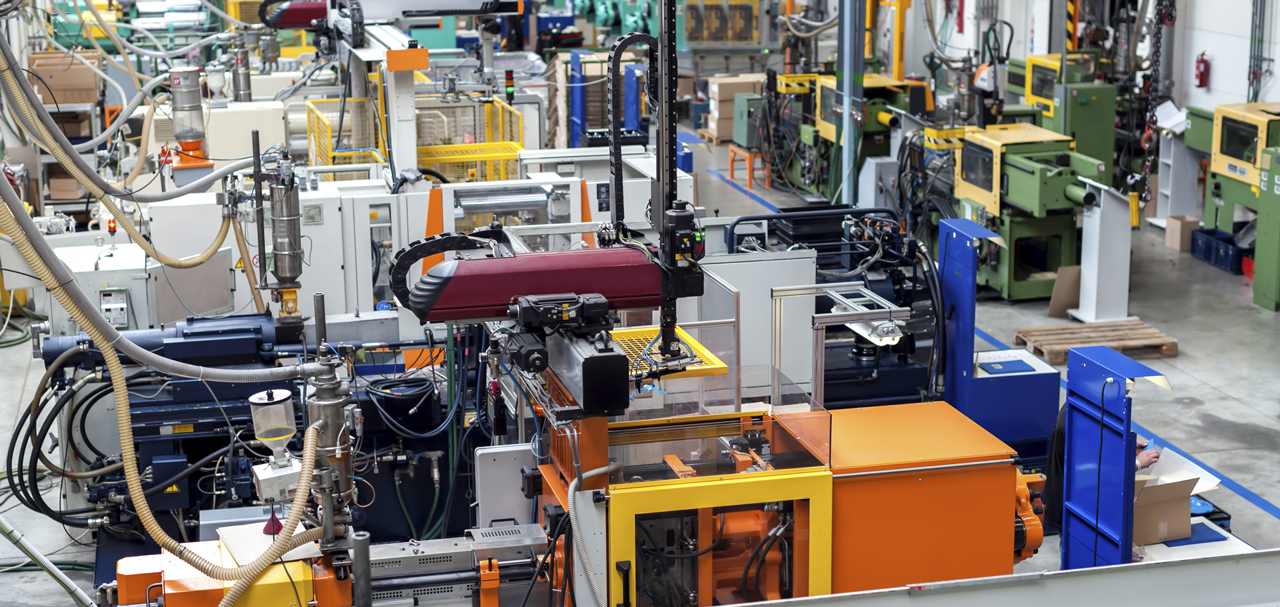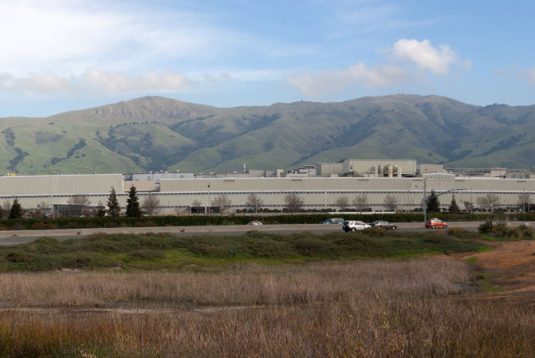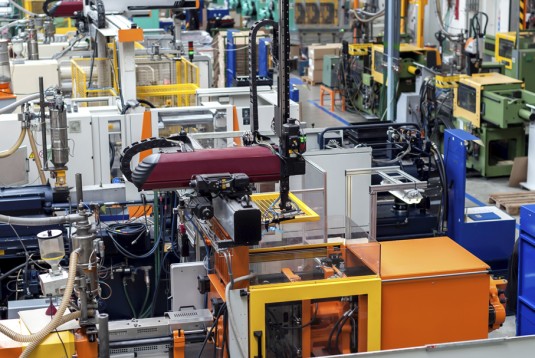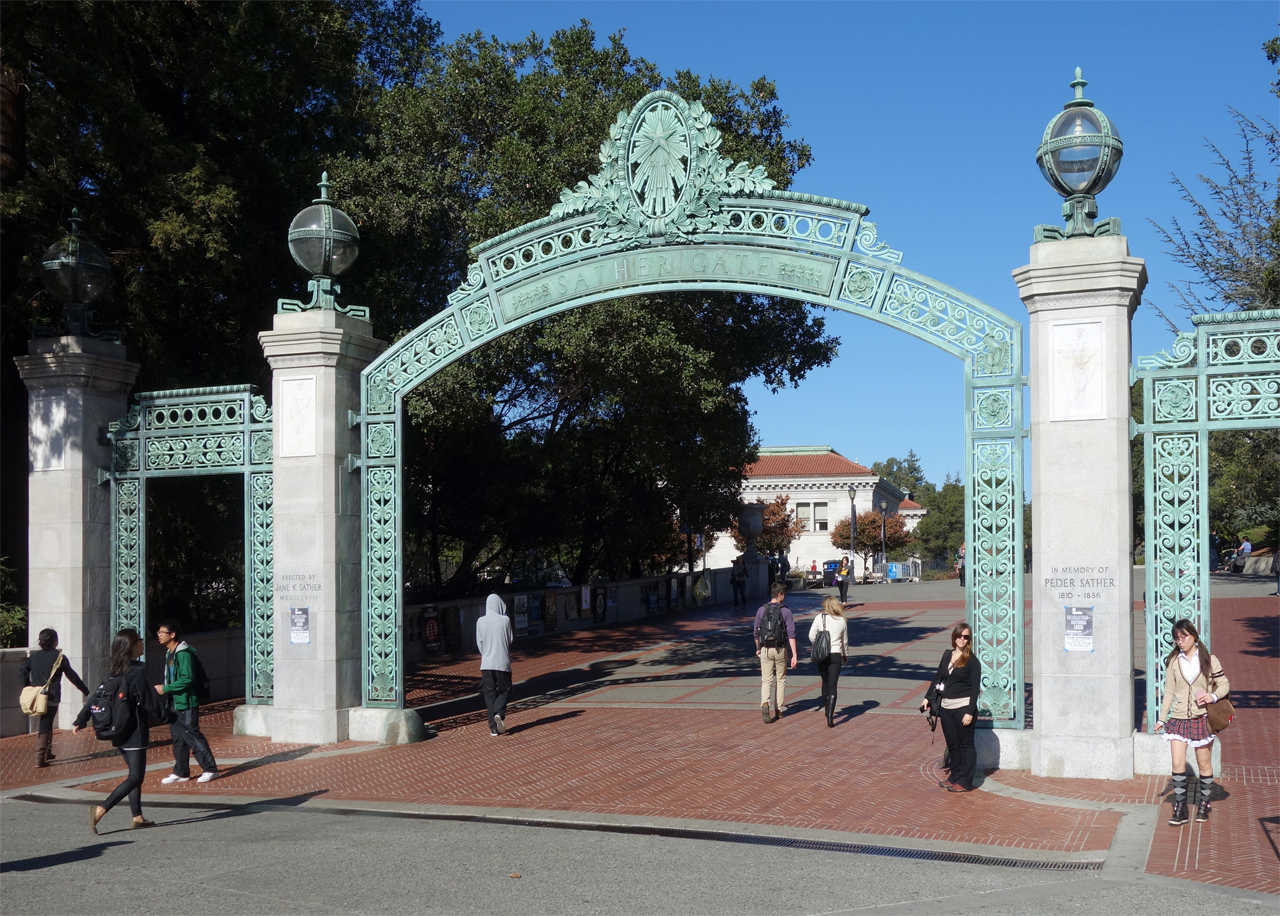
California’s stock in trade is innovation. From ideas to capital to talent, the critical mass exists in California’s complex business networks to deliver almost any concept to its fullest potential. As California produces success in innovations impacting every industry, industries have responded with new approaches to scouting and investing in the startup universe. In addition, California’s diverse economy and history of innovation make it well positioned to capture future growth in many manufacturing sectors, but state and local governments will need more targeted policy tools to stimulate commercialization of new products, close the workforce gap, and incentivize more manufacturers to locate within the state. While the offshoring of production and automation technology have fundamentally transformed the industry, high-skilled manufacturing jobs are essential to a balanced, competitive economy.





